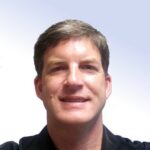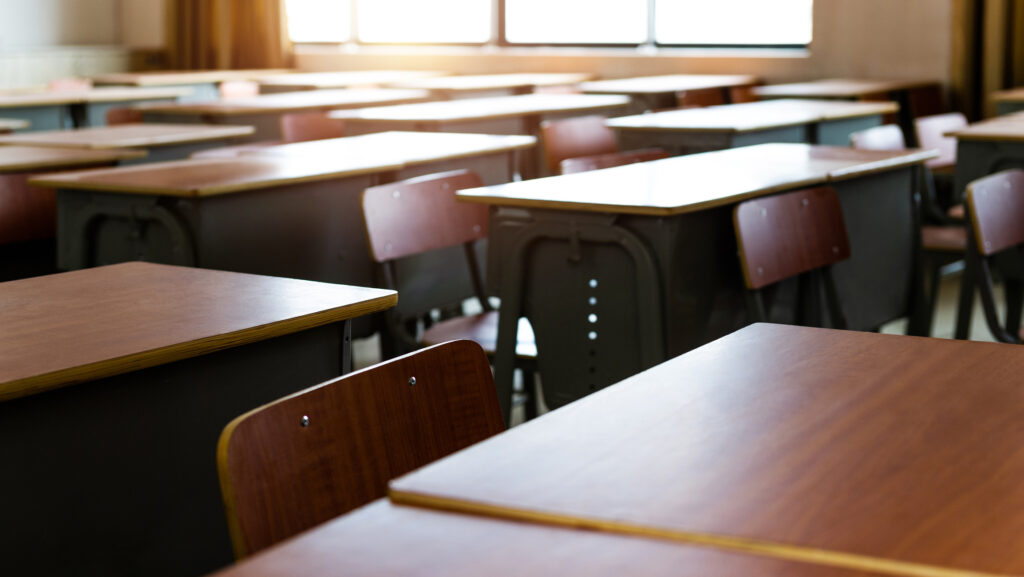Thanks to program changes and an aggressive outreach campaign, families of 2,479 students have applied for Arizona’s Empowerment Scholarship Accounts for the 2014-2015 school year, compared to 1,100 the prior year.
The accounts send 90 percent of state K-12 spending into a savings account a student’s parents control and can use for anything from tuition to therapy and online classes, and more.
Several factors have increased enrollment. “A concerted effort to let parents know—to simply inform them—that the program is available to them was enough to get more people to apply,” said Jonathan Butcher, education policy director at the Phoenix-based Goldwater Institute.
“Two keys to our success,” said Kim Martinez, spokeswoman for the Arizona Alliance for School Choice, “were strong allies and relying on more than one means of communication.”
Working with Goldwater and the Hispanic Council for Reform and Educational Options (HCREO), “we reached parents through traditional marketing techniques such as mail, calls, and neighborhood canvassing, as well as through conventional advertising on television and radio,” Martinez said. “We also diversified our message, recognizing that many parents might speak Spanish, and we created a custom YouTube tutorial to help parents navigate through the Arizona Department of Education website.”
‘I Knew What He Needed’
When her son was almost eleven months old, Arizona mother Holland Hines realized “he probably had autism,” she said. From then until age 7, he received special services through the public school system.
“Although there were some wonderful teachers and therapists that did their best to provide what they could for him within the constraints they were given, it was never enough, and each year he was falling farther and farther behind,” Hines said. “I knew what he needed. I knew what would work for him, but I couldn’t force a teacher who had a dozen or more kids in her class and an immovable administration above her, to bend the teaching style and curriculum to my son’s needs, no matter how urgent those needs were.”
Hines actually moved to Arizona to get her son into the ESA program, “the best school choice in the country,” she said.
“I am able to hire staff specifically to work with him and how he learns best,” she enthused. “If someone isn’t a good fit, I can move on and find someone else. If I begin a class or a curriculum that isn’t a good fit, I can leave it and move on to what works best. We are no longer bound by the opinion of a stranger who has never met my son on how to best educate him and prepare him for a life of success, happiness, and independence.”
Her son’s new private school charges each family only up to the amount of their ESA award, which differs for special-needs children depending on their particular disability. The school owner secures private donations to make up any difference between a family’s resources and what it costs to educate their children.
“For the first time since my life was changed by knowing that my child would never fit into a standard, ‘one size fits all’ education, I have peace of mind and a sense of empowerment to give my child the best shot at a future where he will be contributing his best to society,” Hines said.
Expanding the Meaning of Public Education
State law caps ESA expansion at 5,400 new children each year, inhibiting the program’s growth.
“There are 1.1 million public school students in Arizona and some 50 million nationwide, so this system is going to educate the vast majority of children for the foreseeable future,” Butcher said. “However, that does not mean that families should not have choices.”
School choice also allows traditional schools to focus their resources on the students that remain in their classrooms, he said.
“While many children benefit from public school, far too many children fall between the cracks, do not succeed in the traditional school environment, and are in need of another option,” Martinez said.
“The child does not exist for the adults and the system,” Hines said. “The system should exist for the child.”
Image by Carissa Rogers.





